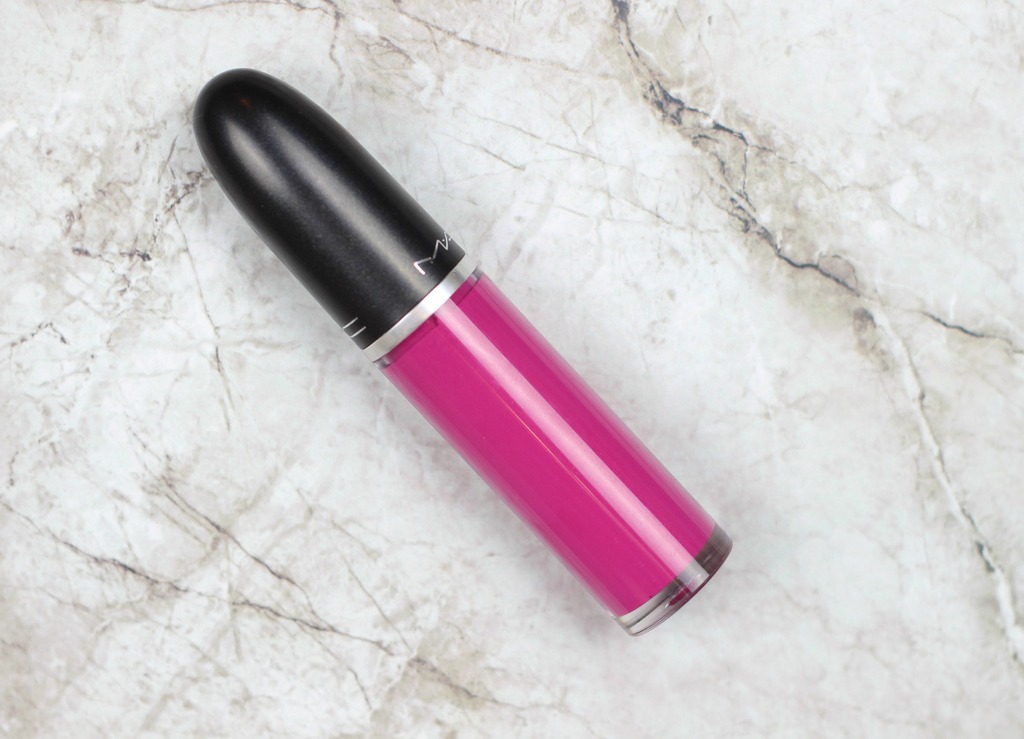

You would normally see a doctor who specialises in gynaecological conditions (gynaecologist) or skin conditions (dermatologist). Your GP may refer you to a specialist at the hospital. But if you have any of these symptoms, you should see your doctor. These may includeĪll these symptoms can be caused by other conditions, such as infection. So surgery is usually the best treatment for this type of VIN. This is inflammation of the skin causing itchy, white patches.ĭifferentiated VIN has a higher risk of developing into a cancer than high grade squamous intraepithelial lesion (HSIL). It is commonly found in women who have a vulval condition called lichen sclerosus. This is an uncommon type of VIN and tends to develop in women between 50 and 60 years of age. You may have regular follow up appointments to check that they are getting better. They are not cancerous and usually go away without treatment. These low risk types can cause warts in this area.

It is usually caused by low risk types of the human papilloma virus (HPV). VIN 1 is now called low grade squamous intraepithelial lesion (LSIL). Low grade squamous intraepithelial lesion (LSIL) This is because there is a risk that the abnormal cells may develop into cancer over time. You usually have treatment for high grade squamous intraepithelial lesion (HSIL). VIN 2 and VIN 3 is now called high grade squamous intraepithelial lesion (HSIL). Many women who have it have ongoing infections with high risk types of HPV. It occurs mainly in women aged 35 to 49 and is more common in women who smoke or have a weak immune system. High grade squamous intraepithelial lesion (HSIL) If the abnormal cells break through the basement membrane into the deeper tissue, it is classed as vulval cancer. The grades VIN 1, VIN 2, and VIN 3 refer to how deeply the abnormal cells go into the surface layer of the skin. This is how doctors used to classify vulval intraepithelial neoplasia. You may also hear the terms VIN 1, VIN 2, or VIN 3. high grade squamous intraepithelial lesion (HSIL).low grade squamous intraepithelial lesion (LSIL).Neoplasia - the cells in the skin are abnormal Types of VIN Intraepithelial - the abnormal cells are contained within the top layer of skin (epidermis) that covers the vulva Vulval - you can get VIN anywhere on the vulva and you may have it in more than one place Some doctors call it pre cancer although many women with VIN will not develop cancer. It is not vulval cancer but could turn into a cancer. Diagram showing the vulvaĪbnormal cells develop in the surface layers of the skin covering the vulva. The vulva is the area between a woman’s legs that includes the female external sex organs. Vulval intraepithelial neoplasia (VIN) is a skin condition of the vulva.


 0 kommentar(er)
0 kommentar(er)
